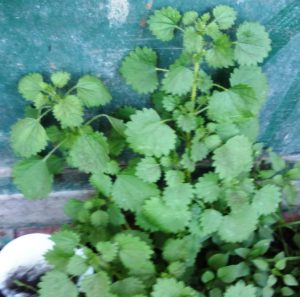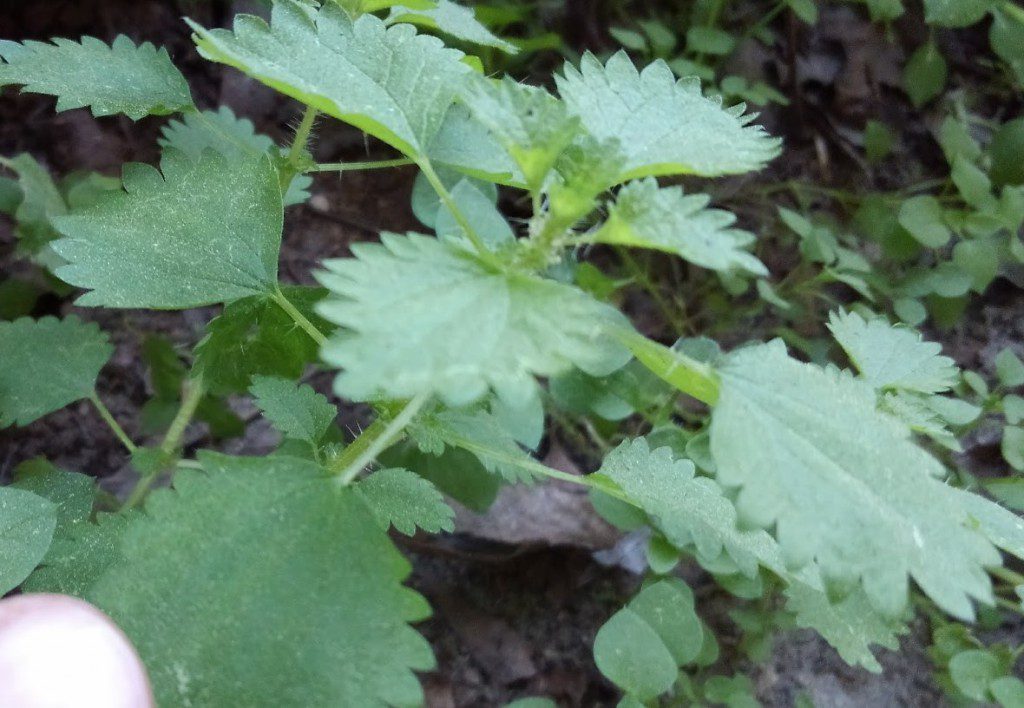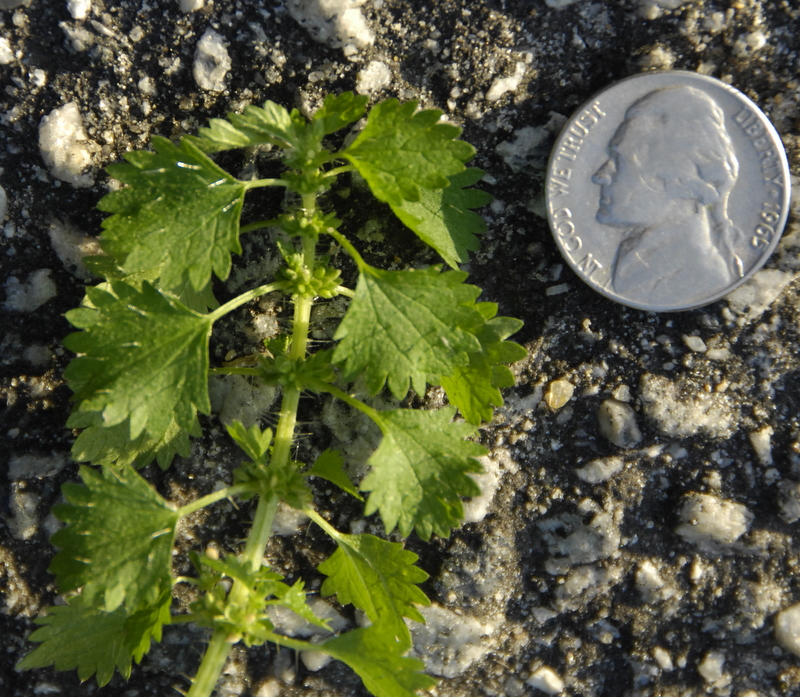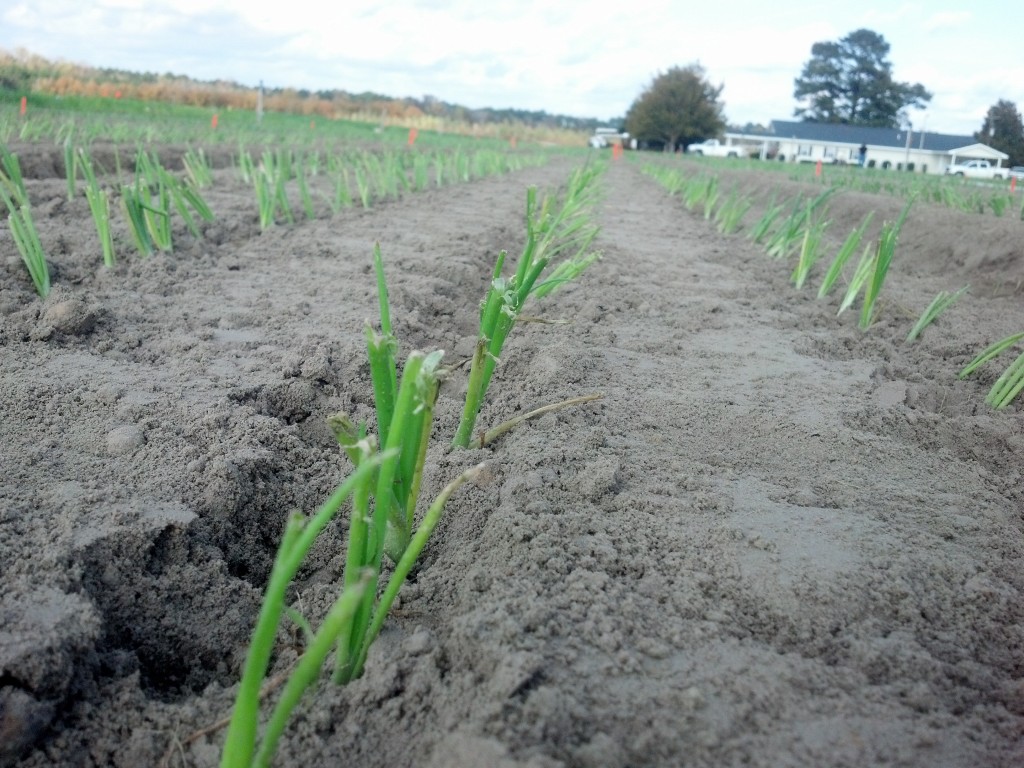
Each winter and spring, we get questions about a weed seen growing around pastures and livestock barns that causes a painful, burning irritation to the skin if touched. This weed is called stinging nettle.
Stinging nettle (Urtica chamaedryoides) is a winter annual weed that is commonly seen in late winter and early spring. It can be found in pastures, hayfields, and it is often associated with livestock pens and shaded areas. Some people call this weed fireweed, and for good reason. Each plant has hundreds of tiny, barbed hairs on it that easily embed in the skin when touched. They contain a toxin that can cause severe irritation that can last for hours. It can cause a burning and stinging sensation wherever it comes in contact with your skin. It can cause problems with livestock, too. Cattle generally try to avoid this weed if possible, but it can cause problems for horses.

In pasture and hayfield situations, stinging nettle can be difficult to control, but there are options. Mowing does not help control this weed, and can actually spread it to other areas. 2,4-D gives little to no control of this weed. Glyphosate (brand name Roundup) applied as a spot treatment does not always provide effective control either. The products that have given the best control are Grazon P+D, Milestone, and PastureGard. Other products that may give good control are GrazonNext, Chapparal, Remedy, and Surmount. If left untreated, stinging nettle will usually die off in May as the weather starts to warm up.

